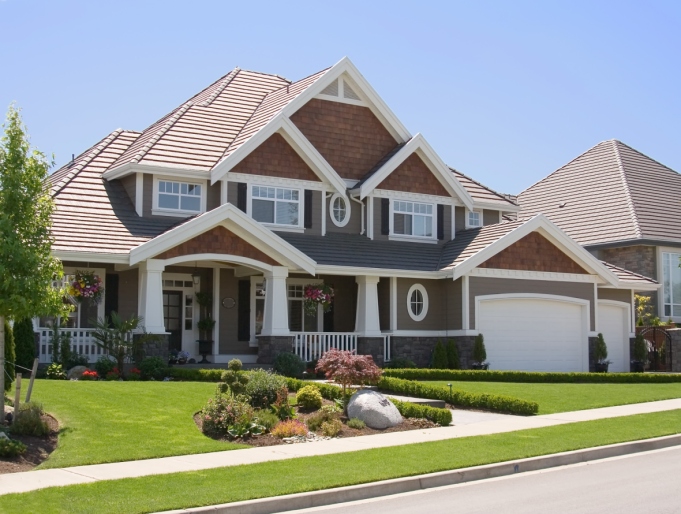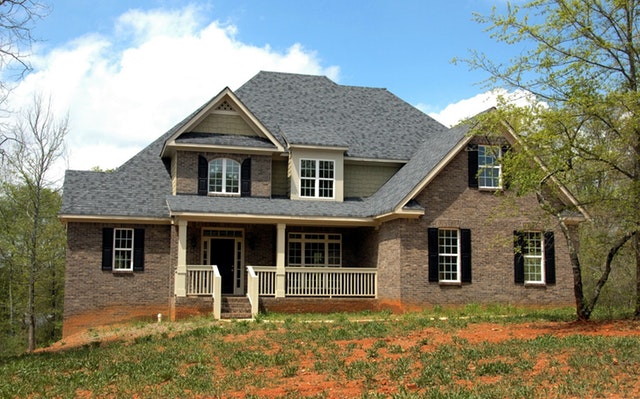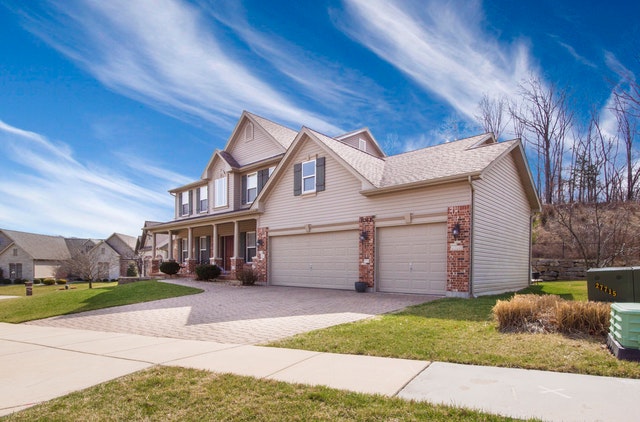Case Shiller: Home Prices Rise at Fastest Pace Since 2005
 March readings for S&P CoreLogic Case-Shiller Home Price Indices rose to their highest level since 2005 in March. National home prices rose by 13.20 percent year-over-year as compared to February’s reading of 12.00 percent growth. The Case-Shiller 20-City Home Price Index reported average year-over-year home price gains of 13.30 percent in March. Phoenix, Arizona continued to lead the 20-City Index with a year-over-year home price growth of 20 percent. San Diego, California followed with home price growth of 19.10 percent; Seattle, Washington reported year-over-year home price growth of 18.30 percent.
March readings for S&P CoreLogic Case-Shiller Home Price Indices rose to their highest level since 2005 in March. National home prices rose by 13.20 percent year-over-year as compared to February’s reading of 12.00 percent growth. The Case-Shiller 20-City Home Price Index reported average year-over-year home price gains of 13.30 percent in March. Phoenix, Arizona continued to lead the 20-City Index with a year-over-year home price growth of 20 percent. San Diego, California followed with home price growth of 19.10 percent; Seattle, Washington reported year-over-year home price growth of 18.30 percent.
How the Covid Pandemic Impacted Home Prices
Real estate pros said that the Covid epidemic continued to impact housing markets as homeowners were more willing to list their homes as Covid cases decreased. Demand for single-family homes increased as homebuyers shopped for larger homes in less-congested metro areas. The pandemic opened more opportunities for working from home, which increased buyer interest in larger homes with amenities including home offices.
According to the Federal Housing Finance Agency, home prices for single-family homes owned or financed by Fannie Mae and Freddie Mac rose by 12.60 percent from the first quarter of 2020 through the first quarter of 2021.
As Covid cases fall more Americans will either return to their workplaces or re-evaluate their employment and housing situations. Demand for homes will exceed the supply of available homes for the foreseeable future, but the current high demand for homes may soften as families return to work and school and covid-related fears ease.
Home Price Growth May Slow, but Prices Unlikely to Drop
Rapid home price growth is likely to slow as more home sellers and buyers enter the market in the aftermath of the pandemic. Analysts don’t see major dips in home prices as demand continues to exceed supplies of new and previously-owned homes. Homebuilders face ongoing obstacles including labor shortages and rapidly rising materials prices that impact their ability to provide enough homes to meet demand.
Affordable homes are in short supply as pre-owned homes are often subject to bidding wars and cash sales due to buyer competition for fewer available homes. First-time and moderate-income buyers are joined on the sidelines by buyers who depend on mortgages to buy homes; they typically can’t compete with cash sales. As real estate markets return to pre-pandemic conditions, home prices may gradually plateau, but there isn’t much relief in sight for homebuyers needing to finance their home purchases.

 The national reading for home builder confidence rose one point to an index reading of 83 in April; the National Association of Home Builders predicted a reading of 84. Component readings for April’s national index readings were mixed. Builder confidence in current market conditions for single-family homes rose one point to 88. Builder confidence in market conditions for single-family homes in the next six months fell two points to 81 but homebuilder confidence in buyer traffic in new home developments rose two points to an index reading of 75.
The national reading for home builder confidence rose one point to an index reading of 83 in April; the National Association of Home Builders predicted a reading of 84. Component readings for April’s national index readings were mixed. Builder confidence in current market conditions for single-family homes rose one point to 88. Builder confidence in market conditions for single-family homes in the next six months fell two points to 81 but homebuilder confidence in buyer traffic in new home developments rose two points to an index reading of 75. The S&P Case-Shiller National Home Price Index posted its highest gain in nearly 15 years with a year-over-year home price growth rate of 11.20 percent in January. The December 2020 National Home Price Index reported 10.40 percent home price growth. The S&P Case-Shiller 20-City Home Price Index reported 11.10 percent year-over-year growth with 19 of 20 cities reporting higher home prices. Cleveland, Ohio was the only city reporting no home price growth in January. Detroit, Michigan reported home price growth data for the first time in nearly a year.
The S&P Case-Shiller National Home Price Index posted its highest gain in nearly 15 years with a year-over-year home price growth rate of 11.20 percent in January. The December 2020 National Home Price Index reported 10.40 percent home price growth. The S&P Case-Shiller 20-City Home Price Index reported 11.10 percent year-over-year growth with 19 of 20 cities reporting higher home prices. Cleveland, Ohio was the only city reporting no home price growth in January. Detroit, Michigan reported home price growth data for the first time in nearly a year. Builder confidence in housing market conditions reached a new record high in November according to the National Association of Home Builders. November’s index reading of 90 was five points higher than in October. Index readings over 50 indicate positive builder sentiment toward market conditions. Readings for the Housing Market Index fell below 50 in April and May as the COVID-19 pandemic grew.
Builder confidence in housing market conditions reached a new record high in November according to the National Association of Home Builders. November’s index reading of 90 was five points higher than in October. Index readings over 50 indicate positive builder sentiment toward market conditions. Readings for the Housing Market Index fell below 50 in April and May as the COVID-19 pandemic grew. Last week’s economic reports included readings from the National Association of Home Builders on housing markets along with Commerce Department data on housing starts and building permits issued. Weekly reports on mortgage rates and unemployment claims were also released.
Last week’s economic reports included readings from the National Association of Home Builders on housing markets along with Commerce Department data on housing starts and building permits issued. Weekly reports on mortgage rates and unemployment claims were also released.